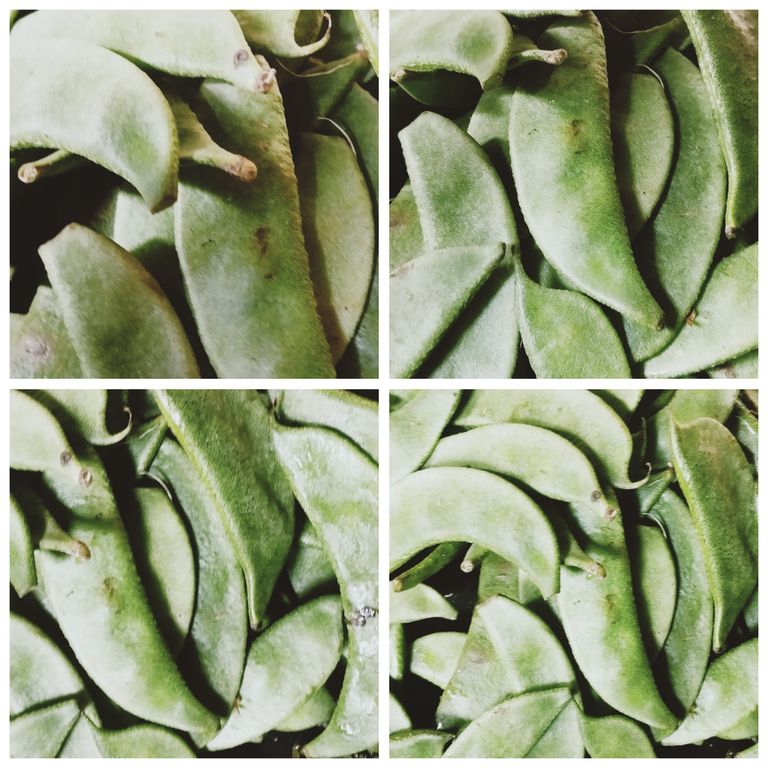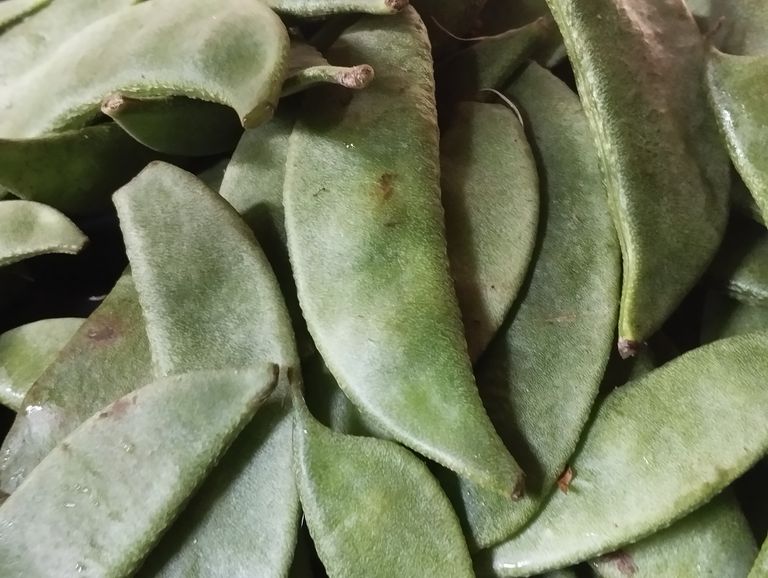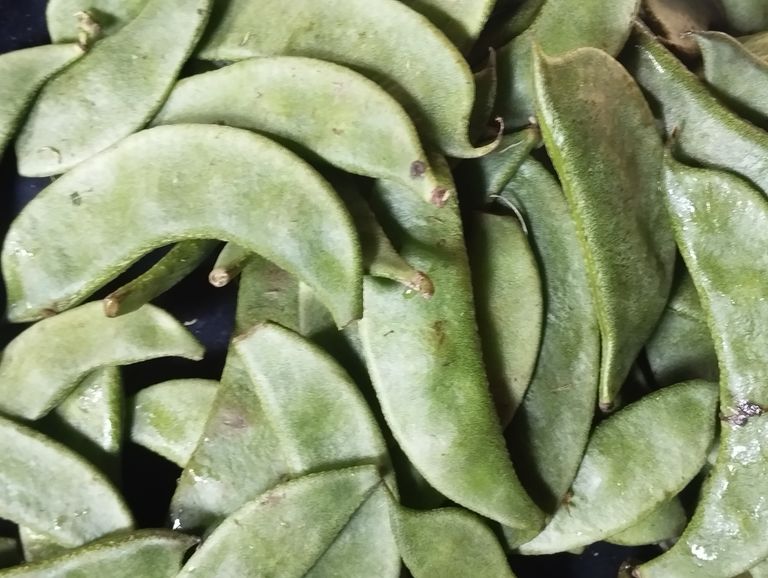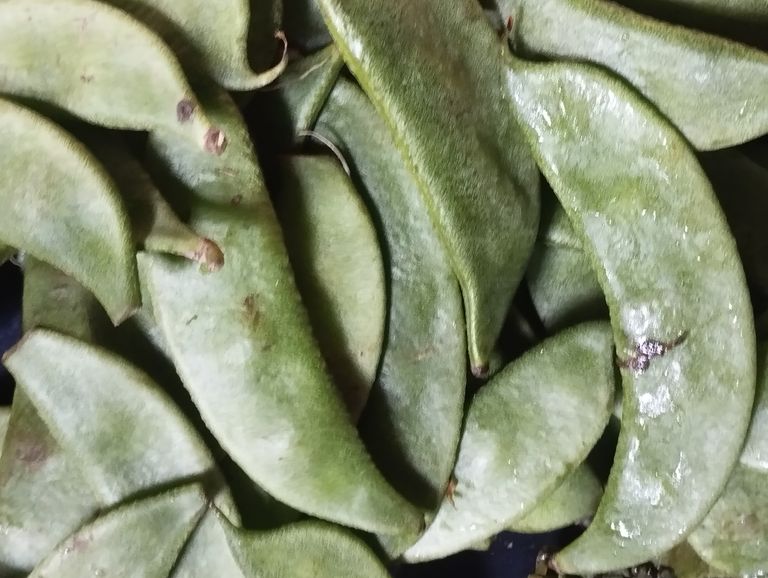
Cultivating Flax Linseed Efficiently A Guide to Modern and Scientific Farming Methods.
Flax, commonly known as linseed, is a valuable crop grown for both its oil and fiber. As global demand increases for health products and sustainable fibers, flax cultivation has gained attention, especially when using modern, scientific techniques to improve yield and quality. This guide covers the latest methods for growing flax efficiently, providing a complete approach from soil preparation to harvest.
Understanding Flax (Linseed) Cultivation
Flax has two primary purposes: oil production and fiber extraction. Linseed oil is used in food products and industrial applications, while flax fiber is highly valued for textiles. Successful cultivation requires understanding these dual purposes to select the right variety, as oil-seed and fiber flax varieties differ in characteristics.Selecting the Right Soil
Flax grows best in well-drained, fertile, sandy loam soil with a pH level of 5.5 to 7.0. Avoid highly acidic or alkaline soils, as flax is sensitive to extreme pH levels. Conducting a soil test before planting is essential to determine soil nutrients and make adjustments as needed.
Soil Preparation Steps:
Primary Tillage: Begin with deep plowing 15–20 cm to loosen the soil.
Secondary Tillage: Harrow the soil to break up large clods, making it smooth and fine for even seed distribution.
Addition of Organic Matter: Adding compost or manure increases the soil’s organic content, improving water retention and nutrient availability.
- Choosing the Right Variety
Variety selection depends on the purpose—fiber or oil production. Choose a variety recommended for your climate and soil conditions, ensuring disease-resistant and high-yield potential options. Some commonly recommended varieties include:
For Oil: Varieties like 'T 397' and 'LC-2063' are well-suited for oil production.
For Fiber: Varieties such as 'FLX-1' and 'FLX-3' produce high-quality fibers.
- Sowing Time and Seed Rate
Optimal Sowing Time: Flax requires cool and moist conditions, ideally between late October and early November.
Seed Rate: Use 20–25 kg of seeds per hectare to ensure optimal plant density.
Spacing: Sow seeds 15–20 cm apart to reduce competition for nutrients and light, leading to healthier plants.
Seed Treatment
Before sowing, treat seeds with fungicides such as carbendazim or thiram to prevent soil-borne diseases. Alternatively, soaking seeds in warm water for a few hours can increase germination rates and reduce the incidence of certain diseases.Modern Irrigation Techniques
Flax needs a well-managed irrigation schedule for optimal growth. Irrigate fields immediately after sowing to help seeds germinate, followed by regular intervals based on soil moisture levels.
Drip Irrigation: Effective for water conservation, drip irrigation helps provide consistent moisture without over-saturating the soil.
Sprinkler Irrigation: Suitable for regions with scarce water supplies, sprinklers distribute water evenly, promoting uniform growth.
Avoid Overwatering: Too much water can lead to root rot and other fungal diseases.
- Nutrient Management
A well-balanced fertilizer regimen promotes healthy plant growth and maximizes yield.
Primary Nutrients: Apply nitrogen, phosphorus, and potassium in balanced quantities. A typical recommendation is 40–60 kg of nitrogen, 30–40 kg of phosphorus, and 30 kg of potassium per hectare.
Micro-nutrients: Zinc and boron are essential for flax. Apply these through foliar sprays or soil applications, depending on deficiency symptoms.


- Weed Management
Weeds compete with flax for nutrients, light, and water. Managing weeds is essential, especially during the early stages.
Manual Weeding: The traditional hand-weeding approach is effective for small-scale farming.
Chemical Weed Control: Use herbicides like pendimethalin or isoproturon, applying pre-emergent or post-emergent sprays carefully to avoid damaging flax plants.
- Pest and Disease Control
Common pests include aphids, cutworms, and leaf-eating caterpillars. Common diseases include wilt, rust, and powdery mildew.
Integrated Pest Management (IPM): Combining chemical and biological control methods helps prevent pest resistance.
Regular Monitoring: Inspect fields weekly to identify pests or disease symptoms early.
Recommended Pesticides: Use insecticides like neem oil for aphids or fungicides like mancozeb for fungal diseases, following safety guidelines.
- Harvesting Flax
Timing is essential for maximizing yield and quality. Harvest flax when 75–80% of seed capsules have turned yellow.
For Oil: Harvesting at the full maturity stage yields maximum oil content.
For Fiber: For fiber extraction, harvesting is done earlier when stems are green-yellow for better fiber quality.
Drying: After harvesting, dry flax stalks in the sun to prepare for threshing or retting, depending on the end use.


- Post-Harvest Processing
Post-harvest processing includes drying, threshing, and storage. Proper drying prevents mold and fungus growth, especially important for oil extraction.
Threshing: Mechanical or manual threshing helps separate seeds from the stalk.
Storage: Store seeds in a cool, dry place to prevent oil rancidity, and protect fiber flax from moisture to maintain fiber quality.
- Marketing and Financial Returns
Identify potential markets and buyers before harvesting, especially if growing flax for oil or fiber. Marketing strategies can include selling directly to processors or using agricultural cooperatives to secure better prices. With the growing demand for linseed oil and eco-friendly fibers, farmers can achieve lucrative returns by producing high-quality crops.
Conclusion
Cultivating flax with modern methods can enhance yield and quality, meeting the rising demand for both oil and fiber. By following these scientific steps in soil preparation, seed selection, and pest management, flax farming becomes more efficient, sustainable, and profitable.
Congratulations, your post has been upvoted by @dsc-r2cornell, which is the curating account for @R2cornell's Discord Community.
Enhorabuena, su "post" ha sido "up-voted" por @dsc-r2cornell, que es la "cuenta curating" de la Comunidad de la Discordia de @R2cornell.
Hi, @opong please try making your own content, Like Life posts etc etc,
If possible for you let's connect on discord ?